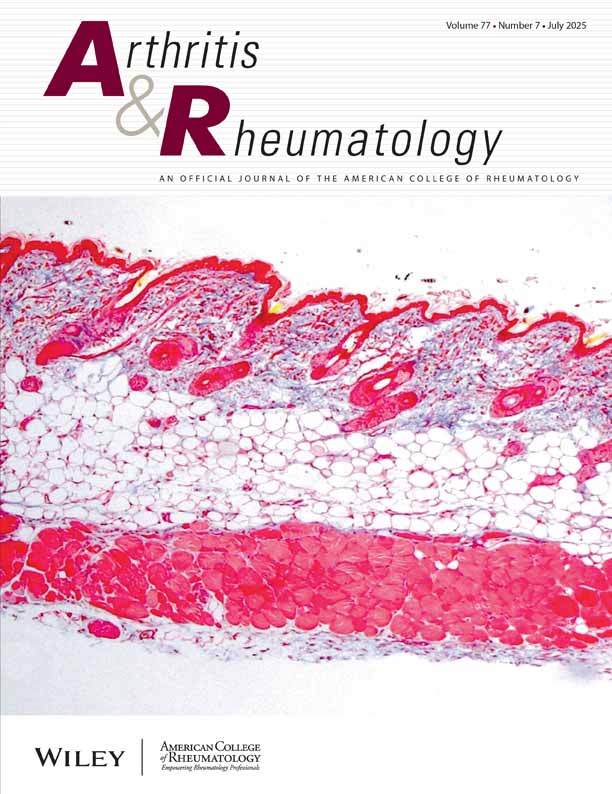Inflammatory cytokine regulation of transgene expression in human fibroblast-like synoviocytes infected with adeno-associated virus
Abstract
Objective
An ideal gene transfer vector for chronic inflammatory diseases such as rheumatoid arthritis (RA) would provide local transgene expression only when the disease is active. To determine whether adeno-associated virus (AAV) possesses this ability, the effects of inflammatory cytokines on transgene expression were evaluated in human RA fibroblast-like synoviocytes (FLS).
Methods
Human FLS were infected with AAV in the presence or absence of inflammatory cytokines or synovial fluid obtained from patients with RA. Transgene expression was monitored by either enzyme-linked immunosorbent assay or flow cytometry. Transgene messenger RNA (mRNA) was measured by real-time quantitative reverse transcription–polymerase chain reaction.
Results
Inflammatory cytokines increased transgene expression in FLS by up to 60-fold. Synovial fluid from patients with RA, but not from patients without arthritis, was also able to increase expression in synoviocytes. Protein expression correlated with transgene mRNA levels. The enhanced expression required the continued presence of cytokines because, upon removal, transgene expression returned to baseline levels. Expression could be repeatedly reinduced by reexposure to cytokines. The effect was not promoter specific and was demonstrated to be phosphatidylinositol 3-kinase–dependent.
Conclusion
These results suggest that expression of a therapeutic transgene can be controlled by the presence of inflammation following AAV gene transfer, making it an attractive vector for chronic inflammatory diseases such as RA.




